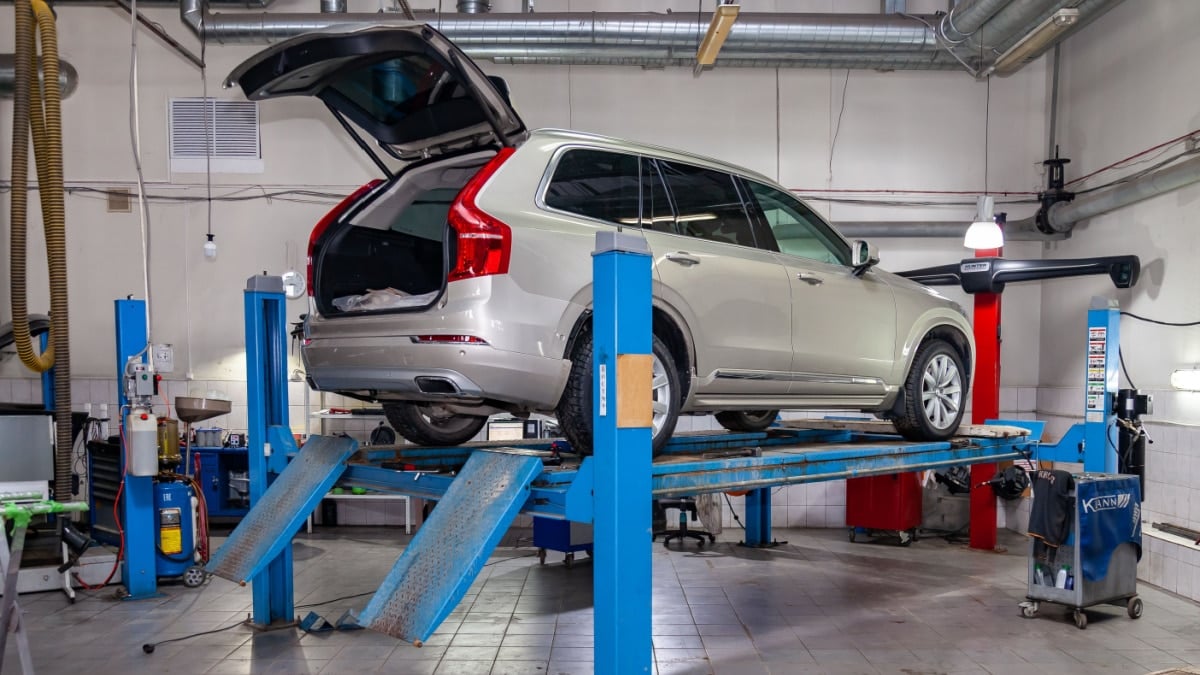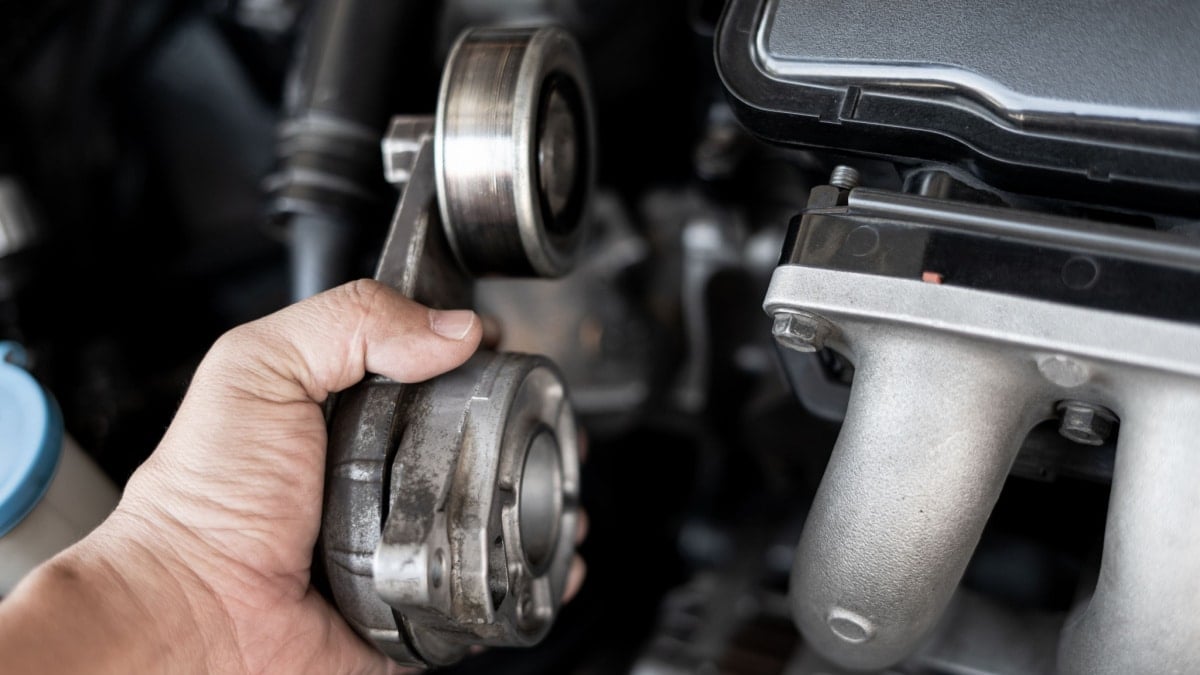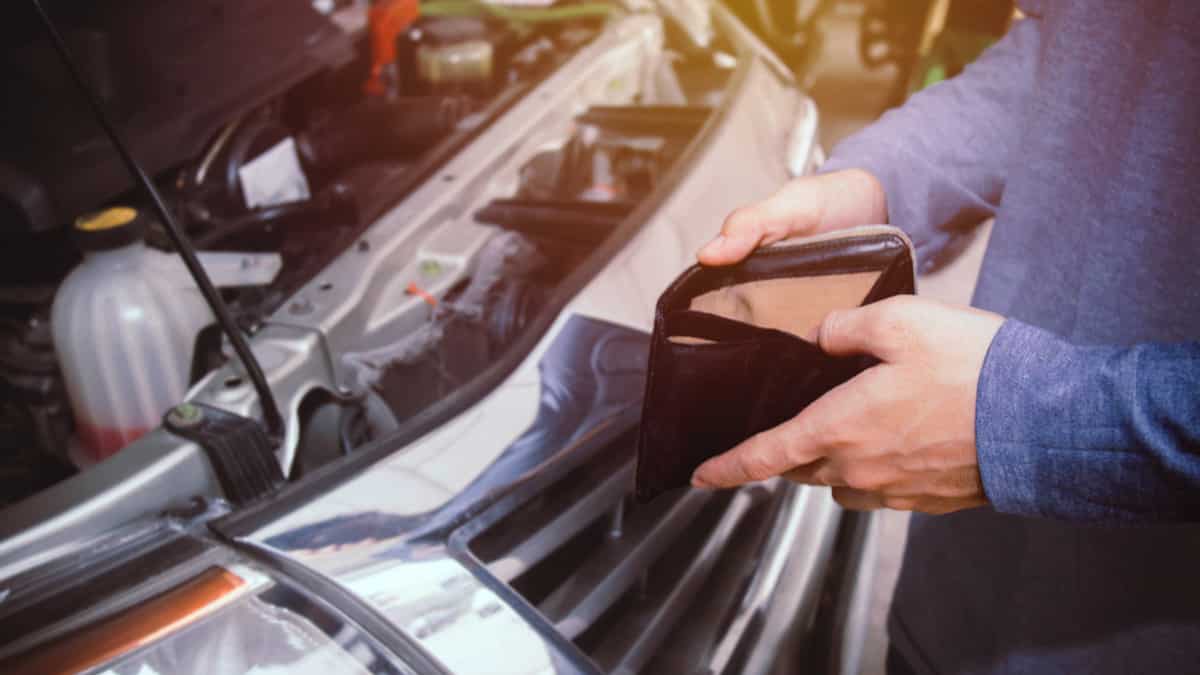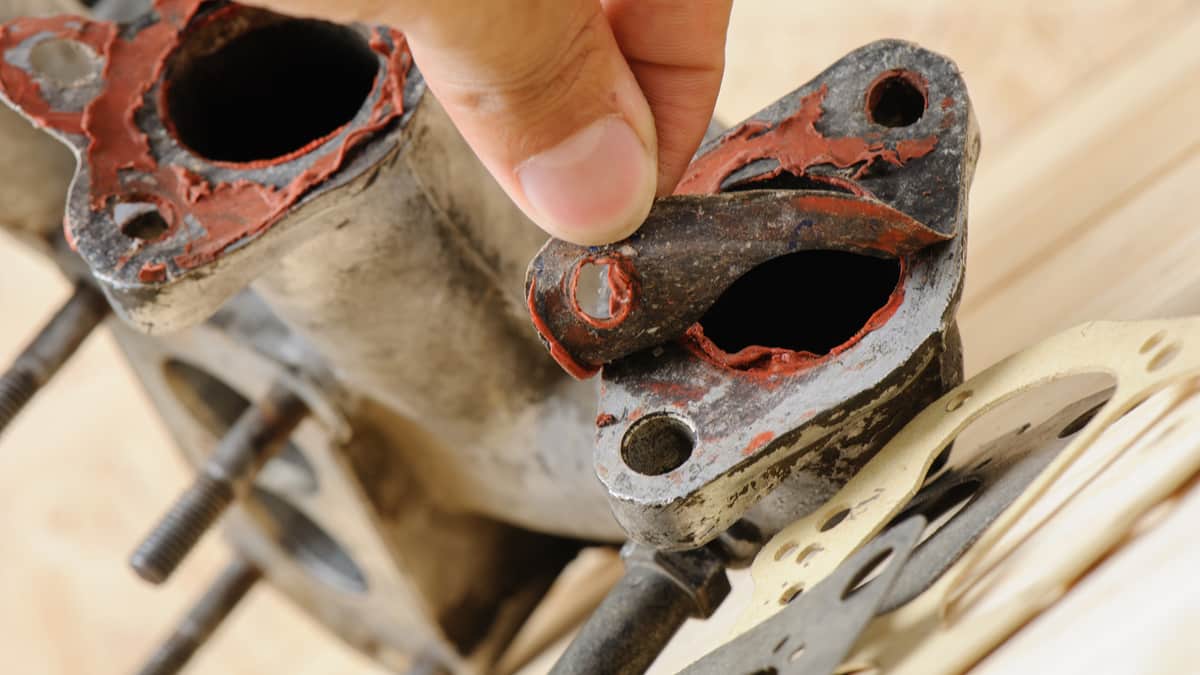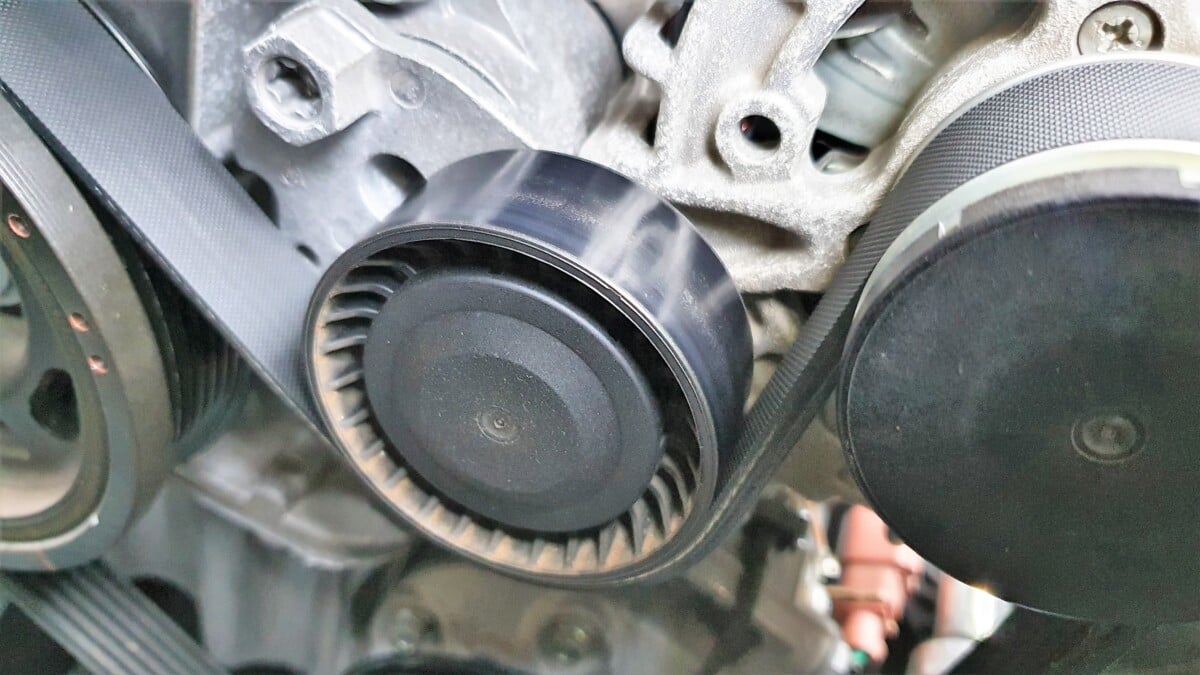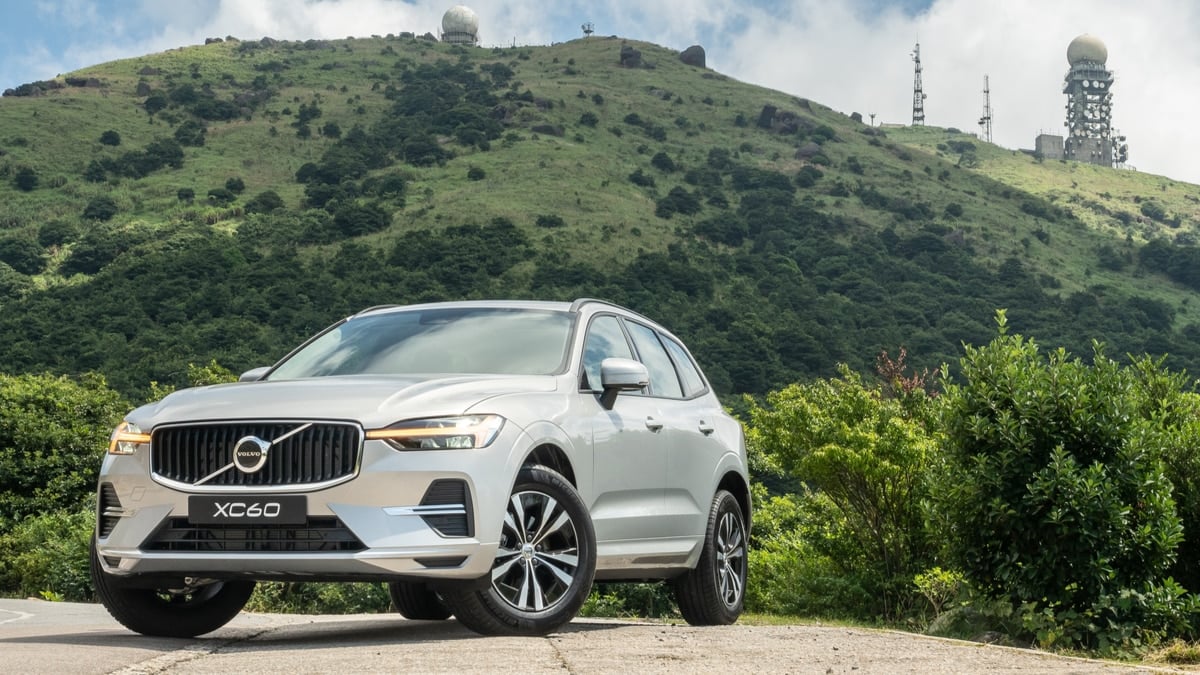The Volvo Group is a Swedish automaker that has been manufacturing cars for the United States since 1955, with the PV 444. In 2022 alone, Volvo sales reached more than 100,000 vehicles in America. With so many people buying these luxury cars, you have to ask yourself – are Volvos expensive to maintain?
Before you buy a Volvo, we will take a look at that question with you. We look at the average cost of maintenance and repairs. We also show you what maintenance is needed and the common costs for services. At the end of this guide, we tell you how to keep the costs down and answer your top Volvo questions.
Are Volvo’s Expensive To Maintain?
Based on RepairPal, Volvo vehicles cost an average of $769 a year to maintain and repair. While this is higher than most mainstream brands, it’s lower than the majority of luxury brands. While it is more expensive than Acura and Lexus, it’s rated cheaper than BMW, Audi, Cadillac and Mercedes-Benz.
Why is the Volvo brand more expensive to maintain? Volvo vehicles use high-quality parts that are made to last. These can cost more money to replace and maintain. Additionally, you want to have a certified Volvo mechanic work on the car, which also costs more in the long run. However, if you maintain your vehicle, you should face fewer repairs.
RELATED: Are Volvos Good and Reliable Cars?
Are Volvos Expensive to Repair?
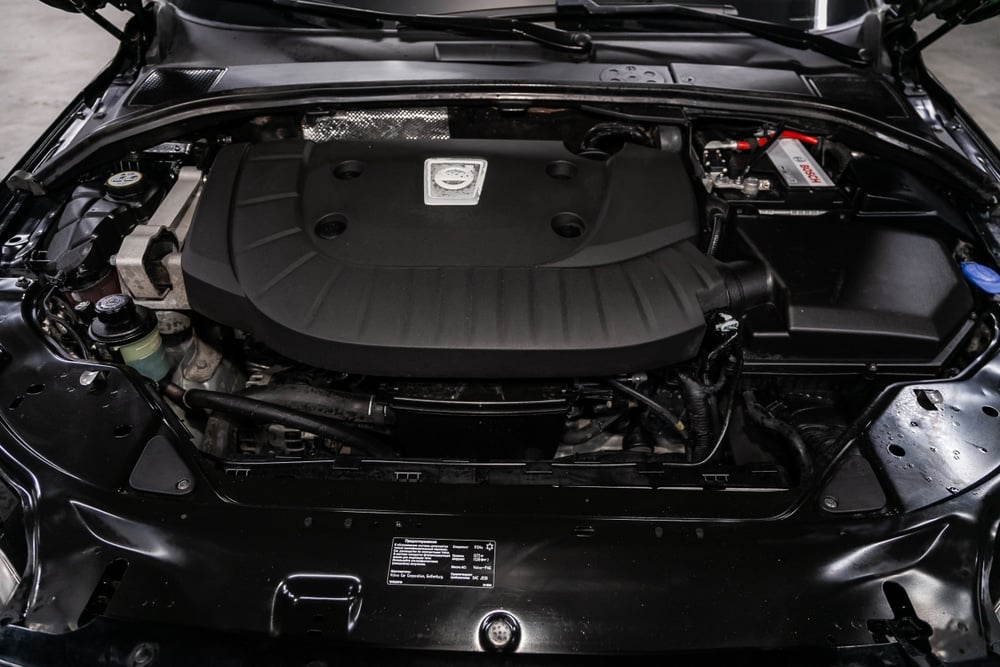
Going back to the data provided by RepairPal, we see a few more interesting facts that help you determine the reliability of Volvo vehicles. On average, Volvo vehicles are brought into the repair shops 0.6 times per year. That is higher than the industry standard of 0.3 times per year but about average with other luxury cars.
On the bright side, only 6% of the repairs were considered to be severe. That’s far less than the industry average of 11% of repairs. What this information tells us is that even though Volvos have high costs for parts and labor, you shouldn’t need to spend a lot for severe repairs, which saves you money.
How Much Maintenance Does My Volvo Require?
Volvo maintenance typically occurs every 10,000 miles or once a year, whichever comes first. It’s important to check your owner’s manual to find the appropriate schedule for your vehicle. For example, some older models that use conventional oil may require maintenance every 2,500 miles.
Here’s an example of what most new Volvos require.
- Every 10,000 miles/1 year: Oil and filter change, check fluid levels, an inspection of major systems
- Every 20,000 miles/2 years: Replace cabin air filter
- Every 40,000 miles/4 years: Replace engine air filter, replace brake fluid
- Every 60,000 miles/6 years: Replace spark plugs
All of these services build on one another. For example, at the 40,000-mile service, the technician also performs the tasks for the 20,000-mile and 10,000-mile services.
Average Costs of Common Maintenance Services for Volvo
It’s difficult to estimate maintenance costs for any vehicle because of all the factors involved, which we talk about more in a minute. However, the RepairPal Estimator helps to make sense of the costs. For illustration purposes, we looked at a 2022 Volvo XC90 in Dallas, TX. Here are some prices we came up with.
- Brake pad replacement (front and rear): $655 to $762
- Tire rotation: $71 to $90
- Cabin air filter replacement: $109 to $126
- Oil and filter change: $110 to $156
- Engine air filter replacement: $99 to $130
Some services are lumped together into the same visit. If you have multiple services performed at the same time, you will pay for each service in the bundle.
Factors Affecting Volvo Maintenance Costs
The estimates reflected above can’t cover every Volvo vehicle and situation. Multiple factors affect what you might pay when you take your vehicle for service. Here are some aspects to consider.
1. Vehicle Model/Year
While we know that you are looking for maintenance and repair for a Volvo, it could be any number of models and years. Each one has a different price because they aren’t all the same to work on.
For example, an older Volvo typically requires more maintenance and repair to keep it running. A new Volvo sedan may not need to visit the shop nearly as much.
2. Location
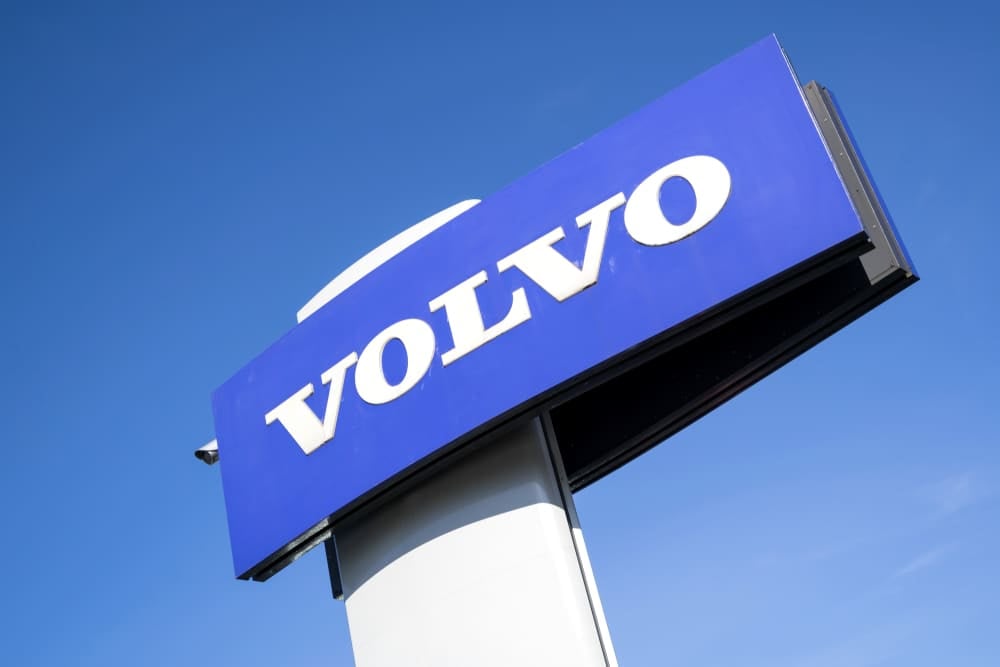
There’s also a huge discrepancy in the price for repair and maintenance based on where you live. Mechanic labor rates per hour are much higher in large metropolitan areas versus the rural country regions.
Most mechanics charge anywhere from $45 to $170 per hour, which makes a big difference. At $45 an hour, you can get nearly four hours of work performed for the same cost as one hour at $170.
3. Service Provided
Repair and maintenance costs also rely heavily on what service is being performed. From our example above, you see that tire rotation doesn’t cost much at all. On the other hand, you’ll spend much more to have the brake pads replaced.
Thankfully, Volvo does offer complimentary maintenance on new vehicles, but that eventually runs out. Once it does, you are left paying the bill for any service appointments.
4. Mechanic vs. DIY
The final factor involved in costs is whether you are going to take the Volvo to a mechanic or perform the work yourself. If you choose to do the work in your home garage, you will only need to pay for the parts. Of course, you will have to give up some time to complete the work too.
Yet, the costs aren’t automatically the same just because you take it to a mechanic. If you choose a local repair shop, you can expect to spend less overall than if you visit a dealership. However, the dealership has Volvo-certified mechanics that understand how your vehicle runs. Sometimes, that’s worth paying more for.
How to Keep Your Volvo Repair Costs Down
There are some simple ways to lower the cost of your repair and maintenance bills. Consider these valuable tips.
1. Get Regular Oil Changes
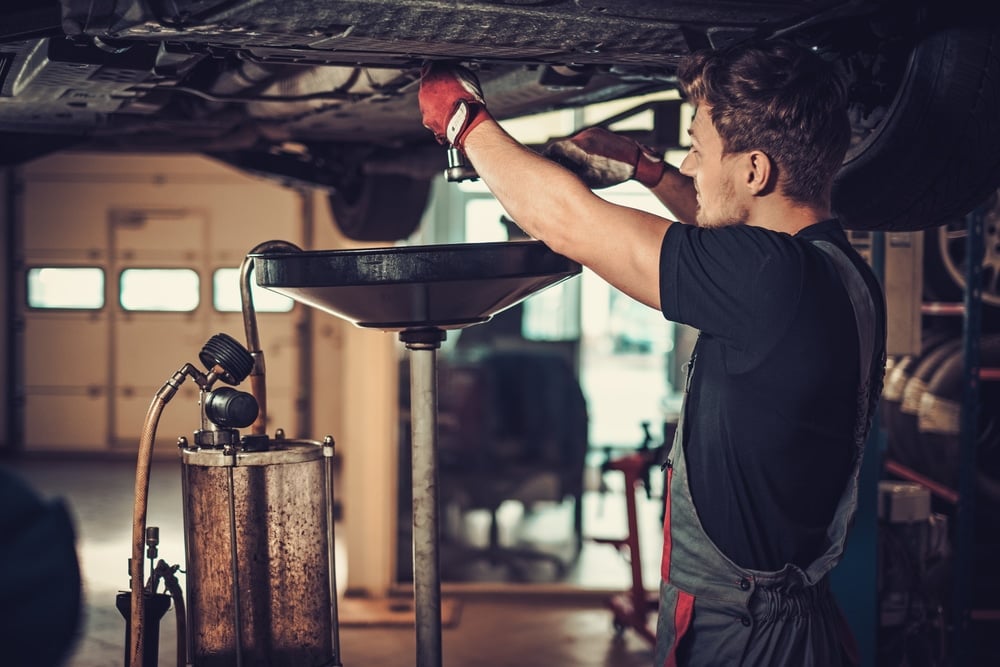
There’s nothing as important as getting regular oil and filter changes. Volvo recommends the service every 10,000 miles or one year on newer models. It should be performed more frequently on older Volvos.
When the oil gets old and contaminated, it can no longer protect the car engine. The internals of the motor begin to rub against one another. This friction can cause major engine damage. Plus, sludge starts to build up in the engine.
By changing the oil and using the right type of oil, you ensure the motor gets all of the protection it needs. This small maintenance task is one of the cheapest to perform, yet it goes a long way in preventing expensive repairs.
2. Be Mindful of How You Drive
Your vehicle can only be pushed so far before it gives up on you. If you are an aggressive driver, you are going to go through more car parts, such as tires, brake pads and suspension components. All of these things cost money.
Not only that, but you will put an incredible amount of wear on the major systems. There’s no reason to punch down on the gas, slam on the brakes and drive at crazy speeds.
Instead, take your time accelerating and stay back from the vehicles in front of you. Slow down progressively and anticipate what’s coming. In this way, you take it easy on your Volvo so it can provide more miles of driving.
3. Check Tire Pressure
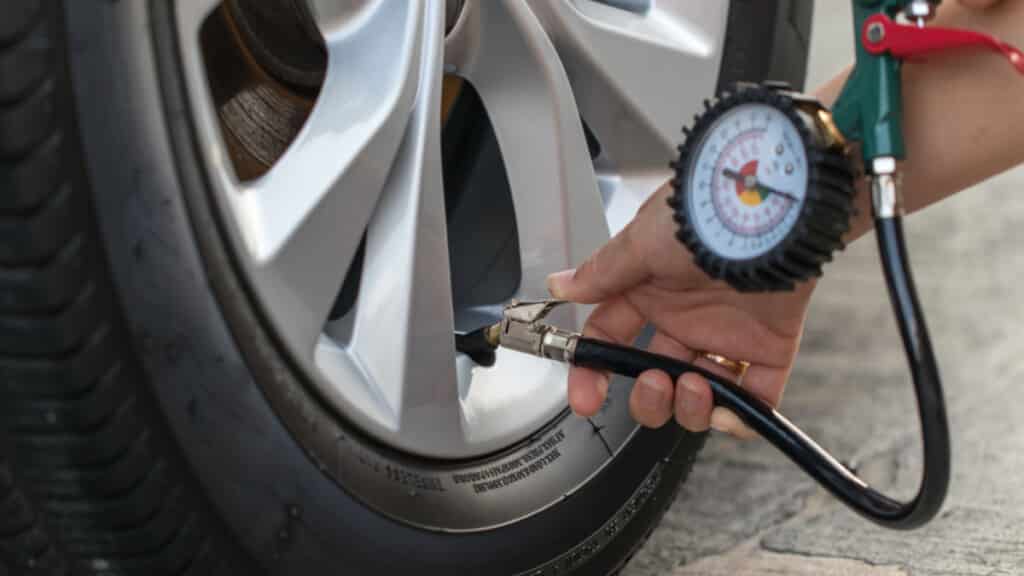
The tires are the only car part that makes contact with the road. That’s why it’s so important to keep them in good shape. The best way to protect the car tires is to check the pressure. You should do this monthly or any time that the temperatures change dramatically.
If your tires don’t have the right amount of pressure, you will notice uneven tread wear, requiring more frequent replacement. Not only that, but it could also cause an accident, which leads to damages too great to bear.
4. Tune Up Your Car
The oil change isn’t the only maintenance task you should be mindful of. Everything in your Volvo maintenance schedule should be followed to a tee.
Air filters need to be replaced, brakes need to be changed and fluids should be flushed. All of the tasks set by the manufacturer ensure that your Volvo continues to run at its best.
Are second-hand Volvos reliable?
Volvo has built a reputation for being a reliable brand. Some vehicles have been documented with more than 300,000 miles on them. If the Volvo was taken care of and you continue to maintain it, the vehicle should provide many years of service.
Are Volvos really reliable?
Volvo models score high for reliability, especially when compared with other luxury brands. They also don’t deal with as many severe issues as other brands do, especially if the vehicle is well-maintained. If you take care of a Volvo, it can last 300,000 miles or more.
Are Volvos expensive to insure?
The Volvo brand is considered to be safer than many others. This translates into lower insurance premiums. However, it is still a luxury car with expensive parts, thereby hiking the premium back up again. In comparison with other luxury brands, you may spend less to insure a Volvo.
How long do Volvos usually last?
When a Volvo is well cared for and maintained, it can easily last twenty years or 200,000 miles. This average lifespan ranks high in the luxury realm, with only Mercedes-Benz above it. Still, it’s important to research the Volvo you plan to buy because not every model has been a winner.
Do Volvos need lots of repairs?
On average, Volvo vehicles visit the shop more frequently than some other brands. Yet, when looking at the severity of the visits, it’s rare for the Volvo to need a major repair. So, it will go to the shop for maintenance and minor repairs, but if it is well cared for, it shouldn’t suffer from catastrophic failures prematurely.
If you’re in the market for a Volvo vehicle, we encourage you to do your research. As mechanics, we rarely see Volvos in the shop for major repairs, which says a lot about how well they are made. You can find a high-quality Volvo and maintain it well to ensure it lasts 200,000 miles or more.
We also encourage you to look at other car brands too. Volvo isn’t the only automaker producing reliable and safe rides. As you hunt down a vehicle, be sure to look at safety ratings, the average cost of ownership and fuel economy. All of these factors are important to determine which brand is best overall.
Tags: Volvo
Categories: Estimator, Maintenance
